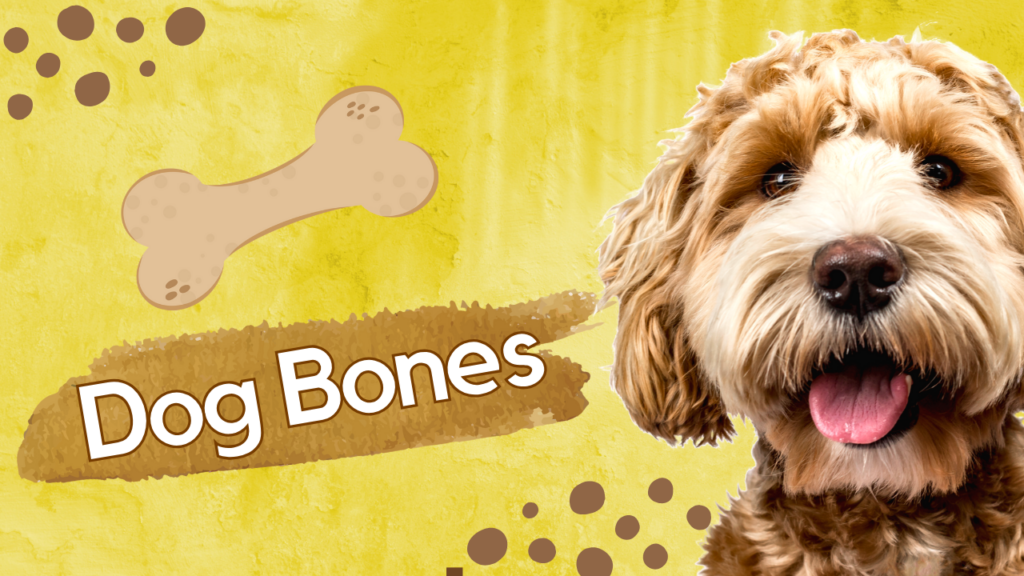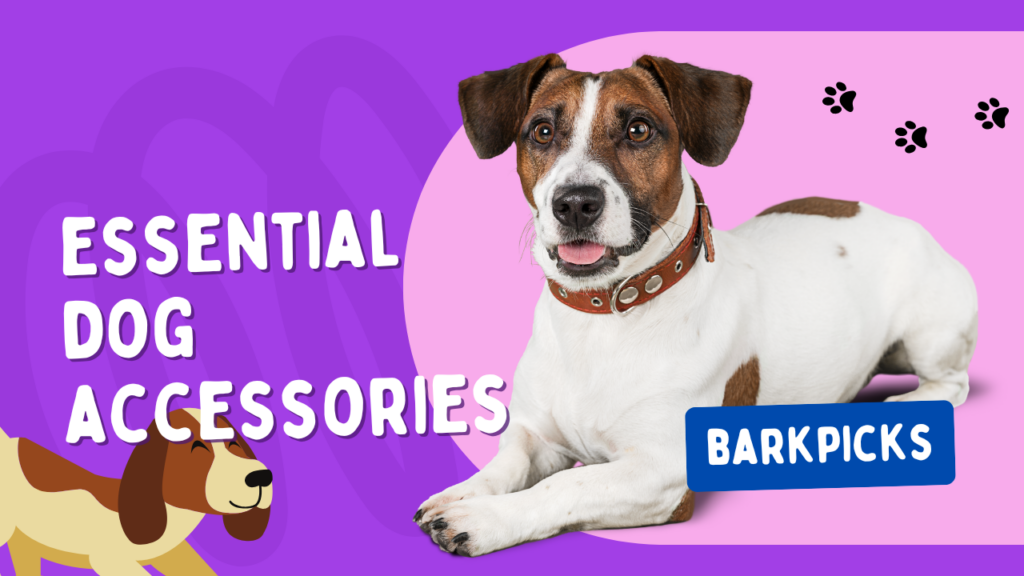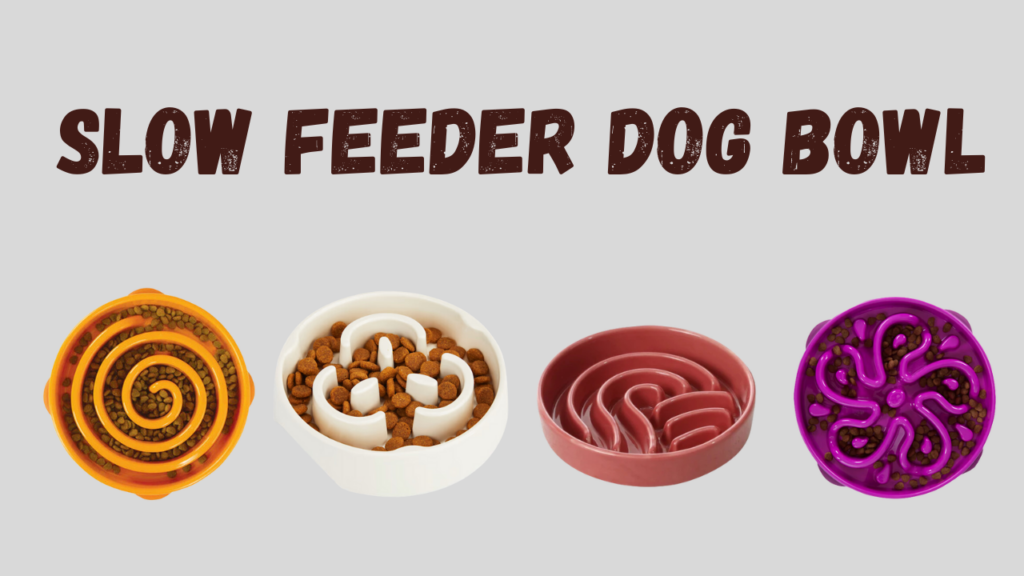Every pet owner wants to see that our dogs are entertained, healthy, and happy. A dog bone is among the most often consumed treats available to dogs. Dogs have a great method to pass the time and these delicious and chewy treats come in many shapes, sizes, and tastes, therefore enhancing dental health as well. But given so many choices, how do you decide which dog bone will best fit your pet? Additionally should you be aware of any safety issues? The advantages of dog bones, the several varieties accessible, and some basic safety advice on selecting and utilizing them will be discussed in this post.
The Benefits of Dog Bones
Dog bones have various health advantages for your dog, not only taste value. Giving your dog bones has the following several benefits:
1. Dental Health
The capacity of dog bones to support proper oral hygiene is among their most significant advantages. By scraping away tartar and plaque accumulation, chewing on bones enables your dog’s teeth to be naturally cleaned. Chewing also helps your dog’s mouth stay clean and fresh by strengthening the jaw muscles and increasing salivation generation. Common in dogs, dental disease can cause major health issues if neglected; so, this lowers the chance of it.
2. Mental Stimulation
Dogs need mental stimulation just as much as they need physical exercise. Chewing on bones provides an excellent way to keep your dog entertained and mentally engaged. This is especially important for high-energy dogs or those that get bored easily. Giving your dog a bone to chew on can keep them occupied for hours, reducing the likelihood of them engaging in destructive behaviors, such as chewing on furniture or shoes.
3. Stress Relief
In dogs, chewing can also help reduce anxiety and stress. When dogs are bored, irritated, or anxious, many of them chew on objects. A bone offers a safe and fulfilling release for this inherent chewing action. Chewing releases endorphins, the body’s natural “feel-good” hormones, which helps your dog to become calmer and more relaxed.
4. Helps with Teething (for Puppies)
Puppies experience a teething phase whereby they must gnaw on objects to relieve their aching teeth and gums. One excellent approach to assist pups during this period is using dog bones. A decent bone gives them something safe and fulfilling to gnaw on, which can help to ease teething pain.
5. Nutritional Benefits
Certain dog bones include nutrients added to offer further health advantages. Certain bones, for instance, are laced with minerals and vitamins like calcium or glucosamine, which support joint and bone integrity. These kinds of bones can be a great addition to your dog’s diet in terms of necessary nutrients.
Types of Dog Bones
Dog bones come in many distinct varieties, each with unique qualities and advantages. The following are several rather typical forms of dog bones:
1. Raw Bones
Natural animal bones, raw bones are those from cattle, chicken, or lamb. Usually sold uncooked, they can be a wonderful choice for dogs that appreciate the challenge of chewing on tougher objects. Raw bones can give your dog a pleasing chewing sensation and are generally rich in minerals including calcium and phosphorous. Raw bones, however, can occasionally break into sharp bits or splinters, which might choke your dog or injure its teeth. While your dog is chewing on raw bones, keep an eye on them and make sure they cannot break the bone into tiny, sharp bits.
2. Cooked Bones
Generally speaking, dogs should avoid cooked bones—that is, those derived from cooked meat or poultry. Cooked bones become brittle and can readily break, increasing your dog’s risk of choking or mouth, throat, or digestive tract harm. Additionally more likely to induce intestinal obstructions or perforations if consumed are cooked bones. Giving your dog cooked bones totally is best avoided.
3. Synthetic Bones
Synthetic dog bones are composed of non-natural materials such plastic, rubber, or nylon. Dogs that are aggressive chewers would find great use for these strong and long-lasting bones. Several synthetic bones have flavors meant to appeal to dogs. Because they are less prone to shatter into dangerous bits or splinter, these bones can be a safer substitute for raw bones. But since some less expensive goods may be created from elements that could be dangerous if consumed, it’s crucial to pick a premium synthetic bone designed especially for dogs.
4. Edible Bones
Made from digestible components—such as compressed vegetable fibers, grains, or animal by-products—edible dog bones are These bones are meant to be consumed totally, not only chewed on. To offer further health advantages, many edible bones are flavored and enhanced with nutrients including vitamins and minerals. Dogs that enjoy chewing might find these bones a nice option; but, harder bones can cause problems. They also generally treat your dog’s teeth more gently.
5. Rawhide Bones
Made from cleaned, pressed, and dried inner layers of cow or horse leather, rawhide bones resemble chewable bones. Because rawhide bones are soft and chewy, dogs will find them simple to bite into. Dogs that like a softer chewing experience may find them an excellent choice as they come in several forms, sizes, and flavors. Rawhide bones have been known, however, to cause intestinal problems in some dogs—particularly if they swallow big bits. While your dog is chewing rawhide, you should watch over them to ensure they do not swallow big chunks.
Safety Considerations When Giving Your Dog Bones
Even if bones provide numerous advantages, one should be careful. These simple guidelines will help you to make sure your dog’s chewing experience is safe and fun:
1. Supervise Your Dog
Watch your dog constantly as it chews on a bone. Raw bones especially depend on this since they can break into sharp bits that might hurt. Should your dog be an aggressive chewer, you should restrict their access to the bone and routinely check it for any damage.
2. Choose the Right Size
Make sure your dog’s suitable size for a bone is chosen. A too little bone could be a choking hazard; a too large bone could be difficult for your dog to chew. Choose bones for your dog that fit its size and chewing power always.
3. Avoid Cooked Bones
Cooked bones should never be given to your dog since they might splinter and seriously affect its mouth, throat, or digestive tract. To guarantee your dog’s safety, keep to synthetic substitutes or raw bones.
4. Limit Bone Consumption
Though they are a great treat, bones should be eaten sparingly. Too many bones—especially uncooked or edible ones—may cause constipation or upset their stomach in your dog. Although not a main source of nutrition, always include bones in a balanced diet.
5. Replace Damaged Bones
Take any broken, worn-down, or too little bone from your dog’s reach. Broken bone bits might hurt your dog’s teeth or cause choking problems. Change the bone to a fresh one so your dog can keep enjoying safe and healthy chewing.
Conclusion
Dog bones have numerous health benefits besides being a great treat including improved dental health, cerebral stimulation, and stress release. Depending on your dog’s age, weight, and chewing behavior, you must choose the right bone from the range available today. Whether your dog prefers edible, synthetic, or raw bones, always give safety and supervision first importance to ensure it will have a happy and healthy chewing experience. By choosing the right bone and using it correctly, your dog will be entertained, happy, and healthy for years to come.

Andy Parker is a dog lover, writer, and senior editor at BarkPicks. With years of experience covering canine health, training, and gear, he helps pet parents make smarter choices for happier, healthier dogs. Andy shares his home (and heart) with two rescue pups, Charlie and Mia.



